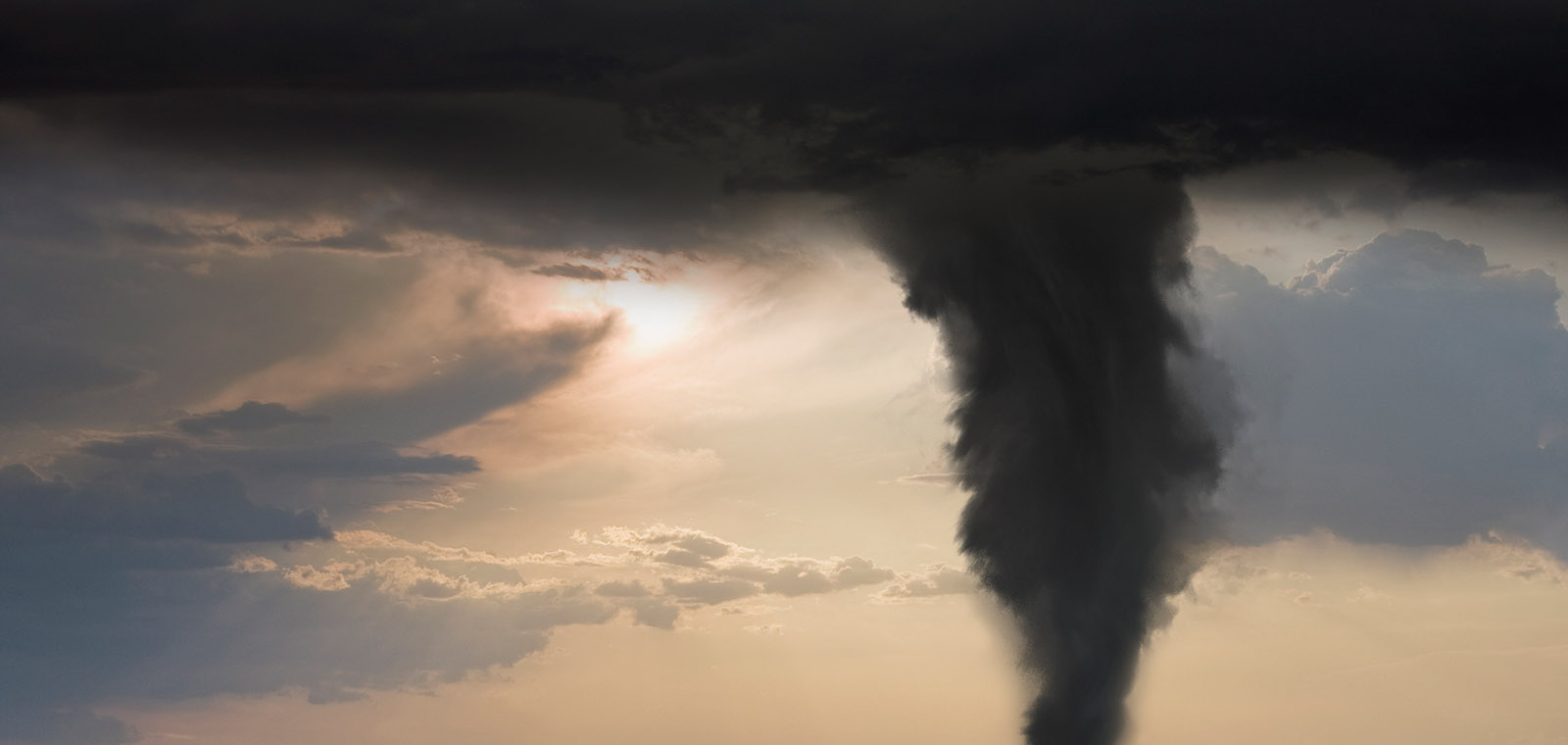-
The views expressed herein do not constitute research, investment advice or trade recommendations and do not necessarily represent the views of all AB portfolio-management teams. Views are subject to revision over time.
When Disaster Strikes: Gauging the Investment Risk of Natural Hazards

Current and historical analyses do not guarantee future results.
The Natural Hazards Index is shown in summative view; multiple hazards in a given location may result in hazard scores higher than any individual hazard score. Hazard scores are shown here at the county level.
As of September 30, 2023
Source: Columbia Climate School National Center for Disaster Preparedness
Current and historical analyses do not guarantee future results
Investment risk scores are shown here at the county level.
As of September 30, 2023
Source: Columbia Climate School National Center for Disaster Preparedness and AB
John Huang is a Senior Vice President and AB’s Director of Responsible Investments, Data and Technology on the Responsibility team, where he partners with our Technology and Operations team to develop and execute on our strategy for ESG data, technology and analytics across the firm. This is an expansion of his role as director of Fixed Income Responsible Investing, Data and Technology. Huang previously spent eight years as a research analyst for Commercial Real Estate Credit Research within the Securitized Assets Research team, covering commercial mortgage-backed securities in support of the firm’s global fixed-income portfolios. Prior to that, he was an associate portfolio manager on the Fixed Income Multi-Sector team, serving US Core and Core Plus clients. Huang joined AB in 2005 as an attribution analyst and developed the firm’s proprietary fixed-income attribution platform. Prior to that, he worked as a performance analyst at UBS. Huang holds a BS in finance and information technology and an MBA from the State University of New York, Binghamton. He also holds a Series 7 and 63 license and is a CFA charterholder. Location: New York
Sam Wilamowsky is a Vice President and Research Analyst with the Securitized Assets Research team. He began his current role in 2017, focusing on US residential mortgage-backed securities. Prior to that, Wilamowsky was a member of the US Multi-Sector and Securitized Portfolio Management team, where he served as an associate portfolio manager since 2013. He joined the firm in 2007 as a quantitative analyst, specializing in portfolio risk and attribution modeling. Wilamowsky holds a BA in liberal arts from Excelsior College and an MS in financial engineering from New York University. He is a CFA charterholder.
Larry Bellinger is a Senior Vice President and Director for the Municipal Credit Research Group, providing high-yield research on municipal credits, with a focus on senior living and hospitals. He initially joined AB in 2012 as a municipal credit research analyst, focusing on municipal credits in Northeastern states, as well as Florida, Ohio and Wisconsin. Bellinger returned to the firm in 2019. In between, he spent three years as a research analyst with Schroders, covering all regions and all municipal sectors for investment-grade and high-yield credits. Earlier in his career, Bellinger worked at Moody's Investors Service, where he primarily analyzed municipal credits in the Northeast. Prior to that, he was an analyst at insurance-rating agency AM Best Company and a D&O underwriter for financial institutions at insurance company Chubb. Bellinger holds a BS in business administration (international business) from Central Washington University, an MBA from Michigan State University and a JD from Rutgers Law School. He is a CFA charterholder. Location: New York
Patrick O’Connell is a Senior Vice President and Director of Responsible Investing Portfolio Solutions and Research for public markets. In this role, he develops strategies and tools that help integrate ESG considerations into the teams’ research, engagement and investment processes across AB’s Equities and Fixed Income businesses. From 2021 to 2024, O’Connell served as director of Fixed Income Responsible Investing Research. Earlier in his career, he served as a corporate credit research analyst, focusing on emerging-market corporates in Latin American and African countries. O’Connell joined the Emerging Markets research team in 2013 after working as a credit analyst covering US high-yield energy credits at AB. Prior to joining the firm in 2012, he was a desk analyst at UBS Investment Bank, where he helped allocate capital on the trading desk. O’Connell holds a BS in accounting and finance (magna cum laude) from Villanova University and is a CFA charterholder. Location: New York





